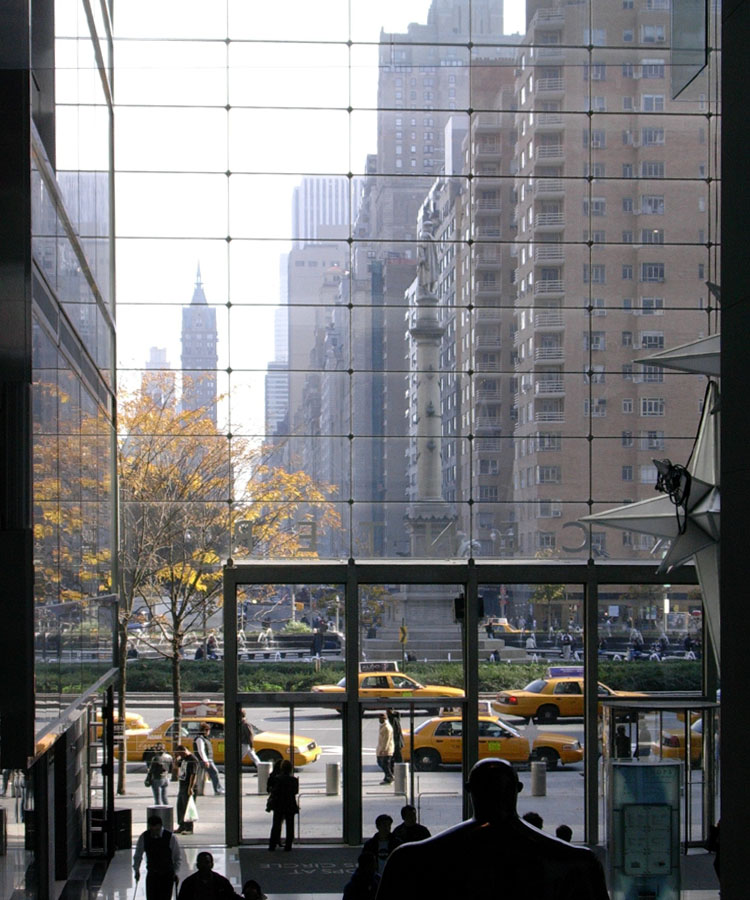It's warm again – finally! – so here is a list of the four architectural walking tours I'm doing with the 92Y in April and May. The first one is this Saturday. Click on the links below to purchase tickets.
Saturday, April 18, 11am - 1:30pm
Columbus Circle and Lincoln Square
Look at and go inside some recent buildings in the West 50s and 60s, from the Hearst Tower and the transformed Lincoln Center to the Apple Store.

Saturday, April 25, 11am - 2:30pm
Brooklyn G Train Tour
Hop on and off the G train from Carroll Gardens to Clinton Hill and Williamsburg, taking in townhouses, campus facilities and other buildings along the way.

Saturday, May 16, 11am - 1:30pm
Columbia University
Look at recent additions to the campuses of Columbia University and Barnard College in Morningside Heights, take a sneak peek at Columbia’s expansion into Manhattanville and head up to Inwood to see Columbia’s new athletics complex. (And maybe see DS+R's Columbia University Medical Center building under construction, the photo below.)

Saturday, May 30, 11am - 1:30pm
The High Line and Its Environs
Trek the High Line taking in the park and the surrounding buildings and step off to get a closer look at select buildings. (It goes the opposite direction of my time-lapse walk below.)
Saturday, April 18, 11am - 1:30pm
Columbus Circle and Lincoln Square
Look at and go inside some recent buildings in the West 50s and 60s, from the Hearst Tower and the transformed Lincoln Center to the Apple Store.

Saturday, April 25, 11am - 2:30pm
Brooklyn G Train Tour
Hop on and off the G train from Carroll Gardens to Clinton Hill and Williamsburg, taking in townhouses, campus facilities and other buildings along the way.

Saturday, May 16, 11am - 1:30pm
Columbia University
Look at recent additions to the campuses of Columbia University and Barnard College in Morningside Heights, take a sneak peek at Columbia’s expansion into Manhattanville and head up to Inwood to see Columbia’s new athletics complex. (And maybe see DS+R's Columbia University Medical Center building under construction, the photo below.)

Saturday, May 30, 11am - 1:30pm
The High Line and Its Environs
Trek the High Line taking in the park and the surrounding buildings and step off to get a closer look at select buildings. (It goes the opposite direction of my time-lapse walk below.)
























